Brianza’s Bonacina Museum explores the history of Italian rattan furniture
We visit Bonacina’s Museo Galleria Giardino, showcasing the company’s 134-year history with rattan furniture from its HQ in Brianza
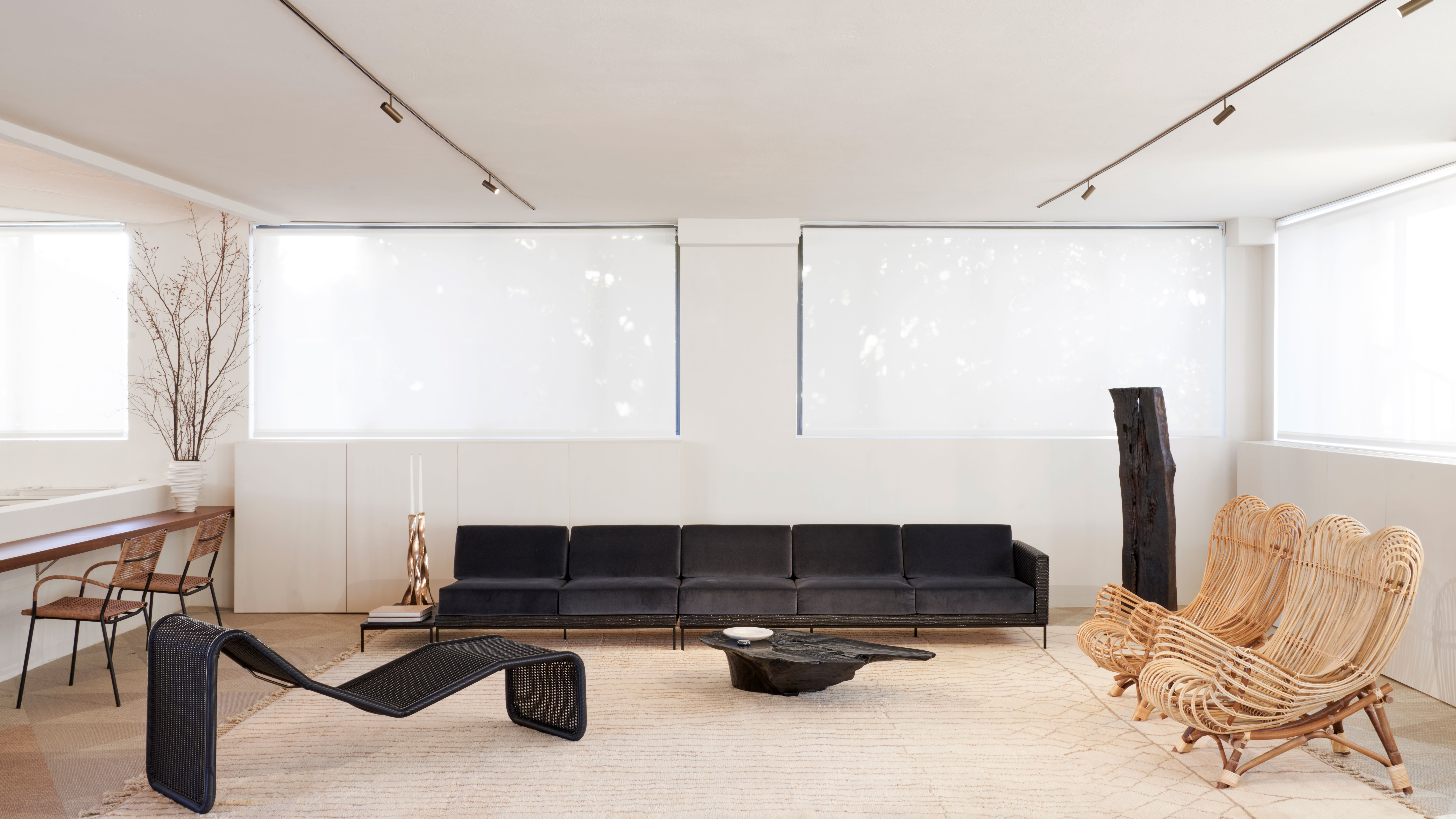
The first thing you learn at Bonacina is that rattan must never be mistaken for bamboo. To confuse them is a crime at this family-owned enterprise, which makes furniture in the solid former, not the hollow latter. The second thing you learn is that, throughout its 134 years, Bonacina has rolled out masterpiece after masterpiece, signed by a roll call of grandi maestri. And now, for the first time, it’s possible to see them all, on permanent display in the Bonacina museum.
Bonacina’s Museo Galleria Giardino
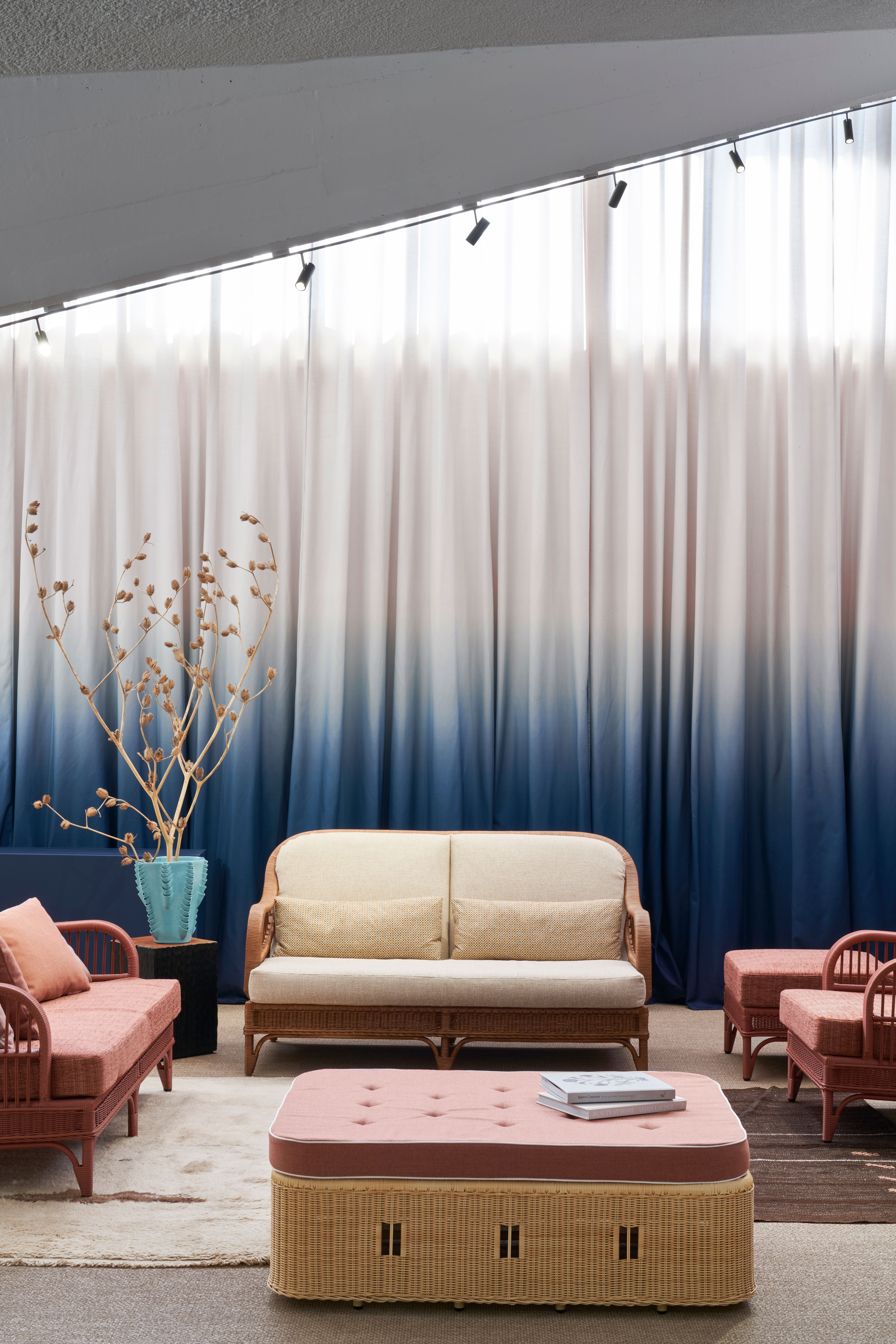
The 600 sq m space is located at the HQ, in the village of Lurago d’Erba in Brianza, which has long been the heartland of Italian furniture and design. It was here, in 1889, that 21-year-old Giovanni Bonacina started making rattan furniture after first coming across it in Milan. So began a rich history of innovation that has spanned four generations, global sales and a seat in many a stately home, from The White House to the palazzi of the Agnellis and the Rothschilds.
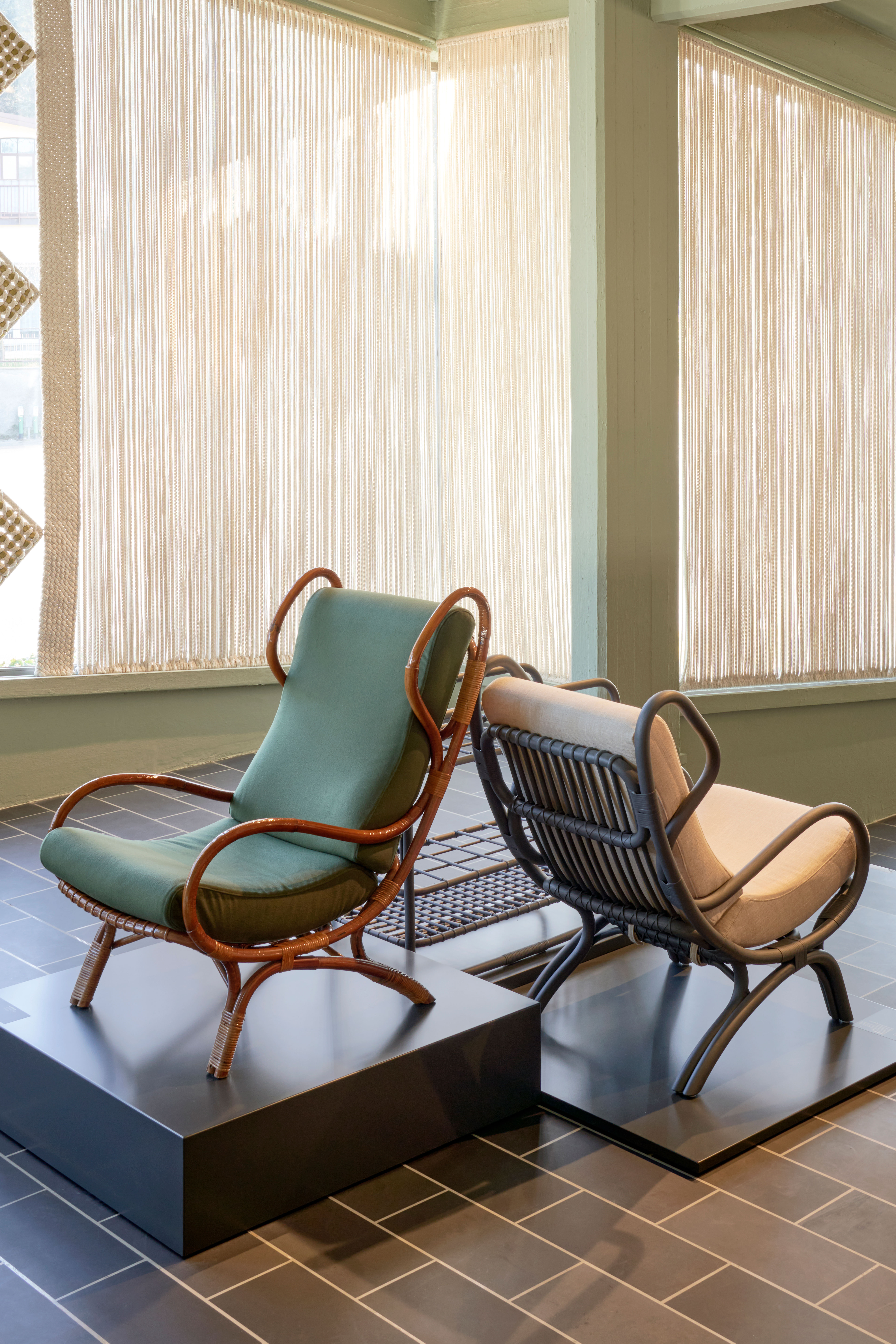
‘Continuum’ chair by Gio Ponti
For the museum, third generation owners Mario Bonacina and his wife Antonia plundered the 1,000-piece archive for prototypes and designs dating back more than 100 years. All the stars are there; Franco Albini’s ‘Margherita’ and ‘Gala’ armchairs, designed in 1951; Joe Colombo’s 1964 ‘Nastro’ armchair; Giovanni Travasa’s ‘Palla’ (1966), which takes the form of a ball crushed by a fist. These, alongside never-seen-before works from the likes of Raffaella Crespi, Gianfranco Frattini, Ico Parisi and Gio Ponti, reveal Bonacina’s daring; plastics and metals, not sustainable, natural materials, dominated the midcentury design agenda. But Bonacina’s loyalty to rattan paid off, and pieces from this era are in many a museum’s permanent collection.
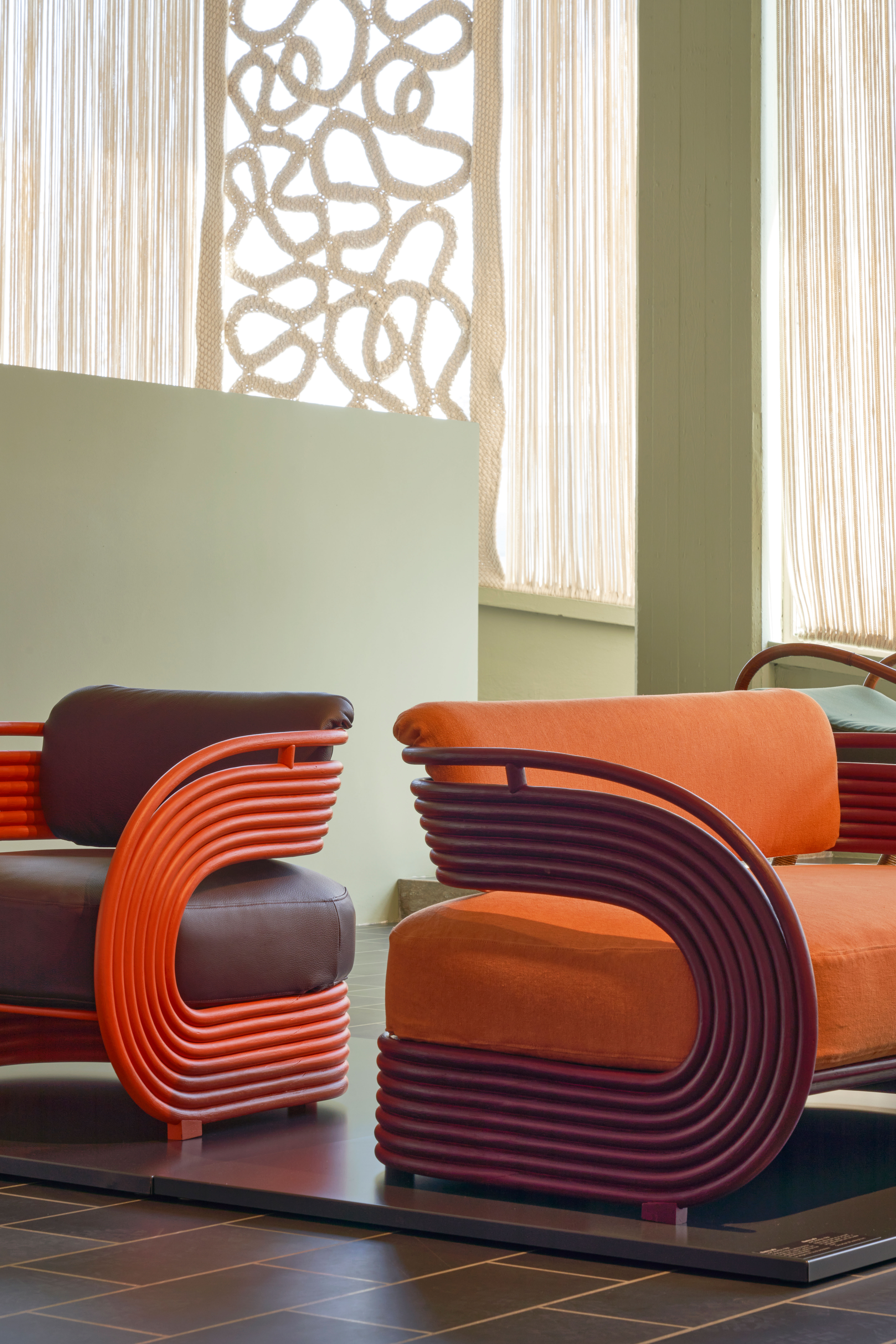
‘Nastro’ by Joe Colombo
The HQ, designed in 1960 by Italian architect Lorenzo Forges Davanzati, has always been a showroom too, and elsewhere, old and new sit side by side. Contemporary pieces by Piero Lissoni, Francesco Bettoni and others come in waterproof materials – a new frontier – and upstairs, the Decor collection is the result of Mario Bonacina’s experiments and collaborations with the likes of Renzo Mongiardino and Mattia Bonetti.
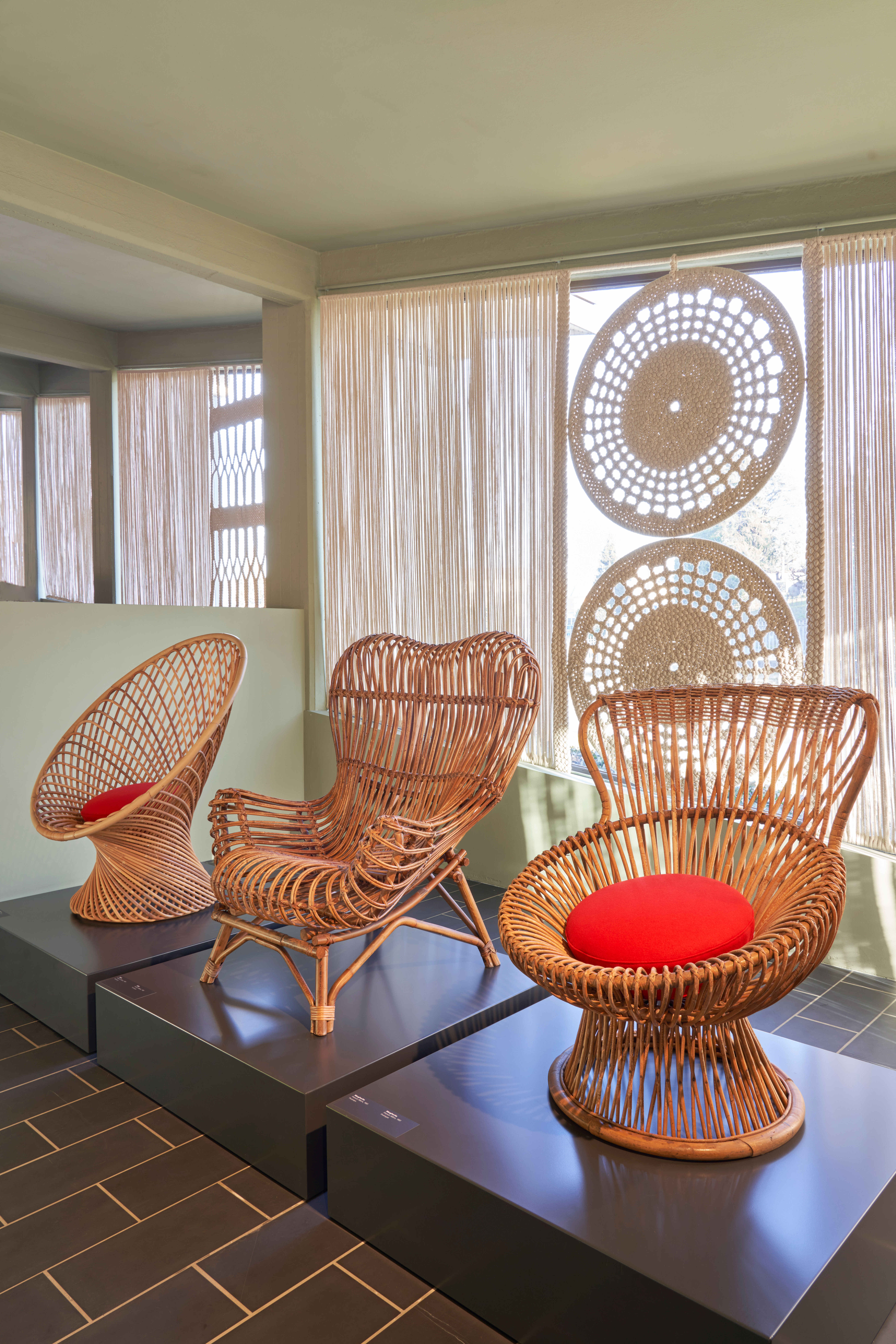
From left: ‘Primavera’ by Franca Helg, and Franco Albini's ‘Gala’ and ‘Margherita’ chairs
The whole family was involved in the renovation of the HQ, which offers an impressive overview of Bonacina’s talents. ‘A fil rouge of eclecticism is reflected in each product,’ says Antonia. ‘The same hands, the same materials, the same quality and the same techniques. Variety lies in the creativity and vision of a stellar crew of designers and architects.’
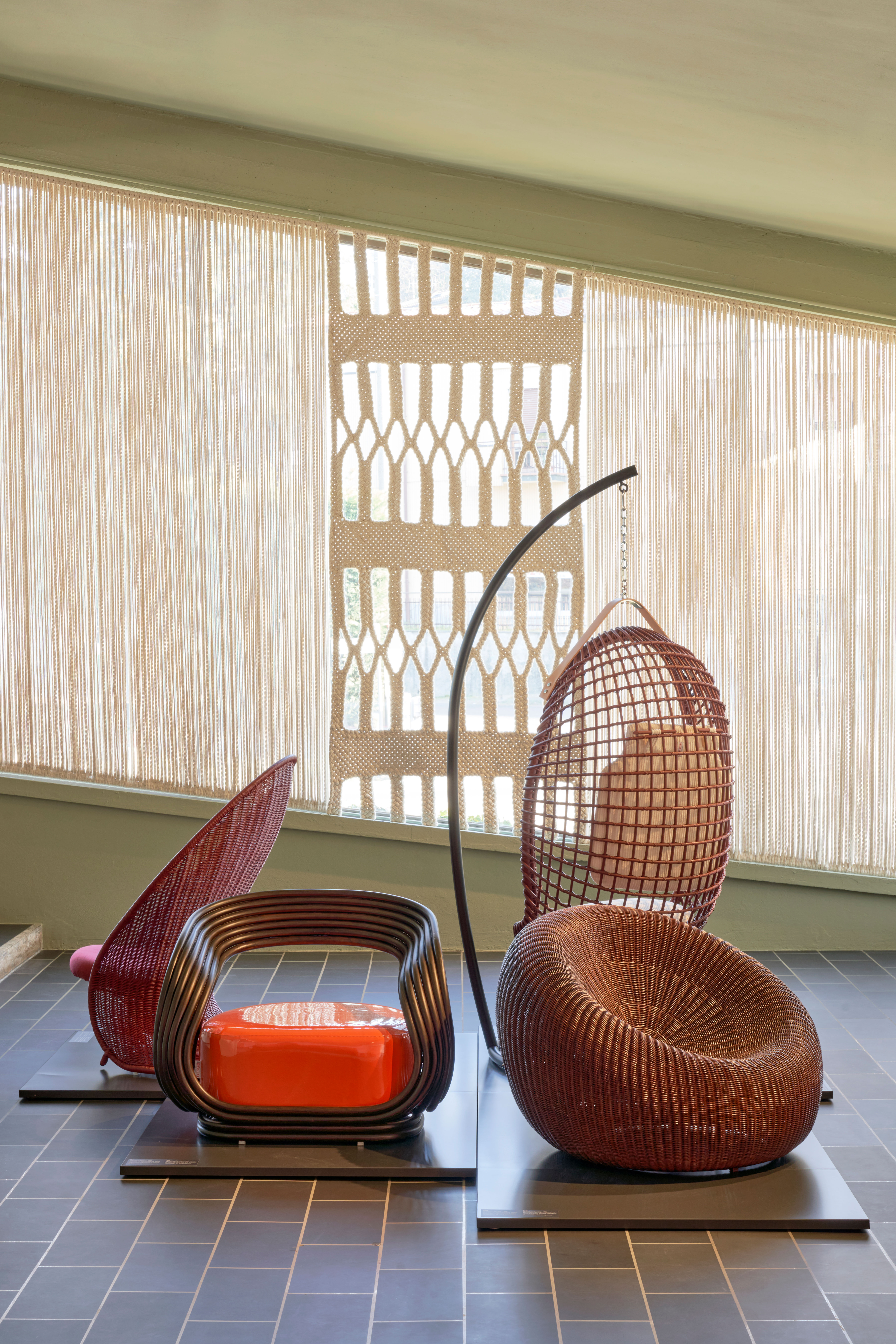
Four designs by Giovanni Travasa, clockwise from front left: ‘Eva’, ‘Foglia’, ‘Eureka’ and ‘Palla’
One of these visionaries is Francis Sultana. The London-based designer has collaborated with Bonacina for 20 years, and the pair want to celebrate. Their new 20-piece collection, launching during Salone del Mobile 2023, features all the Bonacina trademarks: elegant, durable, and ready to stand the test of time.
Museo Galleria Giardino
Via San Primo 19
22040 Lurago d’Erba (Co)
Receive our daily digest of inspiration, escapism and design stories from around the world direct to your inbox.
By appointment only
Emma O'Kelly is a freelance journalist and author based in London. Her books include Sauna: The Power of Deep Heat and she is currently working on a UK guide to wild saunas, due to be published in 2025.
-
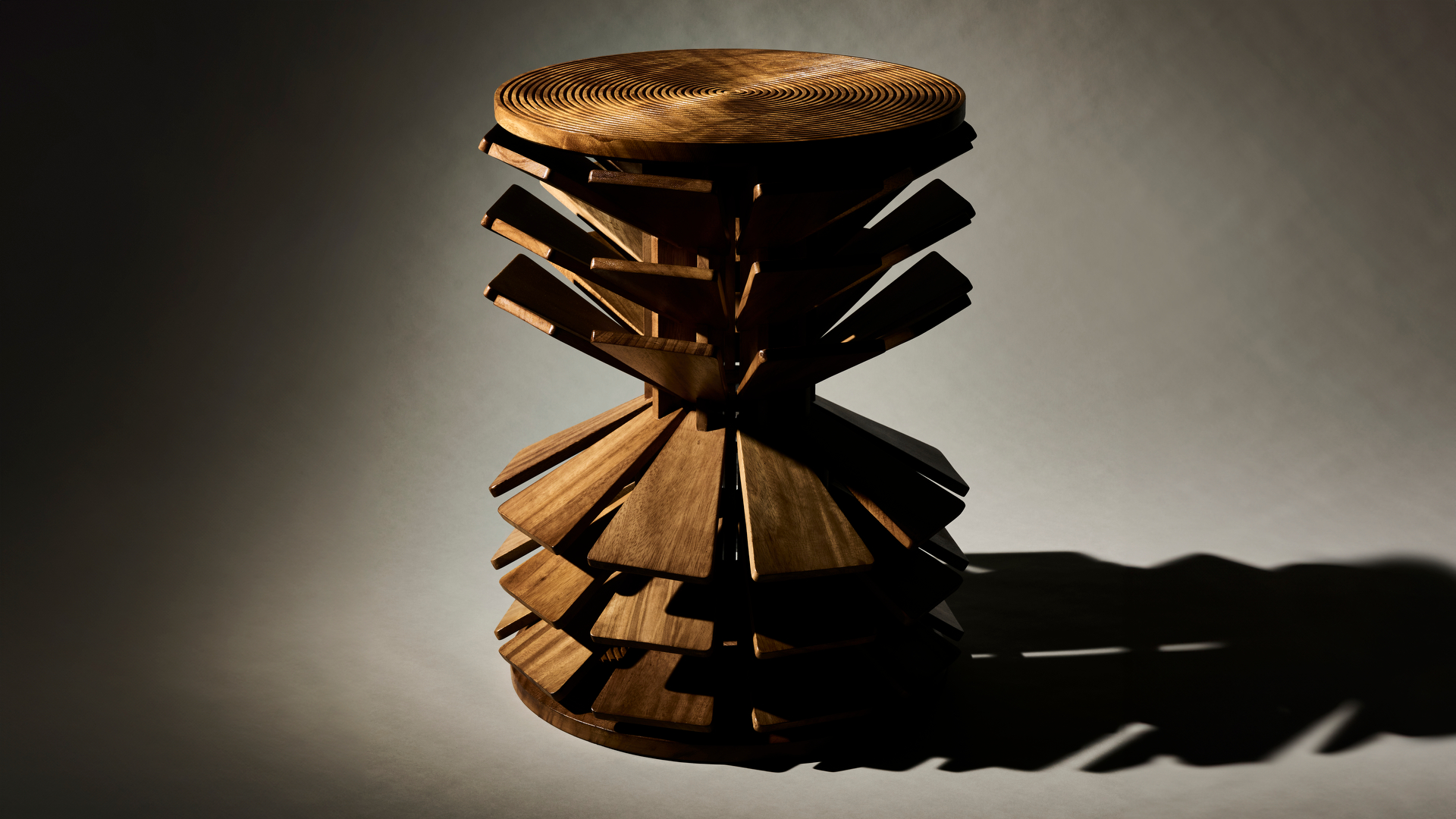 The work of Salù Iwadi Studio reclaims African perspectives with a global outlook
The work of Salù Iwadi Studio reclaims African perspectives with a global outlookWallpaper* Future Icons: based between Lagos and Dakar, Toluwalase Rufai and Sandia Nassila of Salù Iwadi Studio are inspired by the improvisational nature of African contemporary design
-
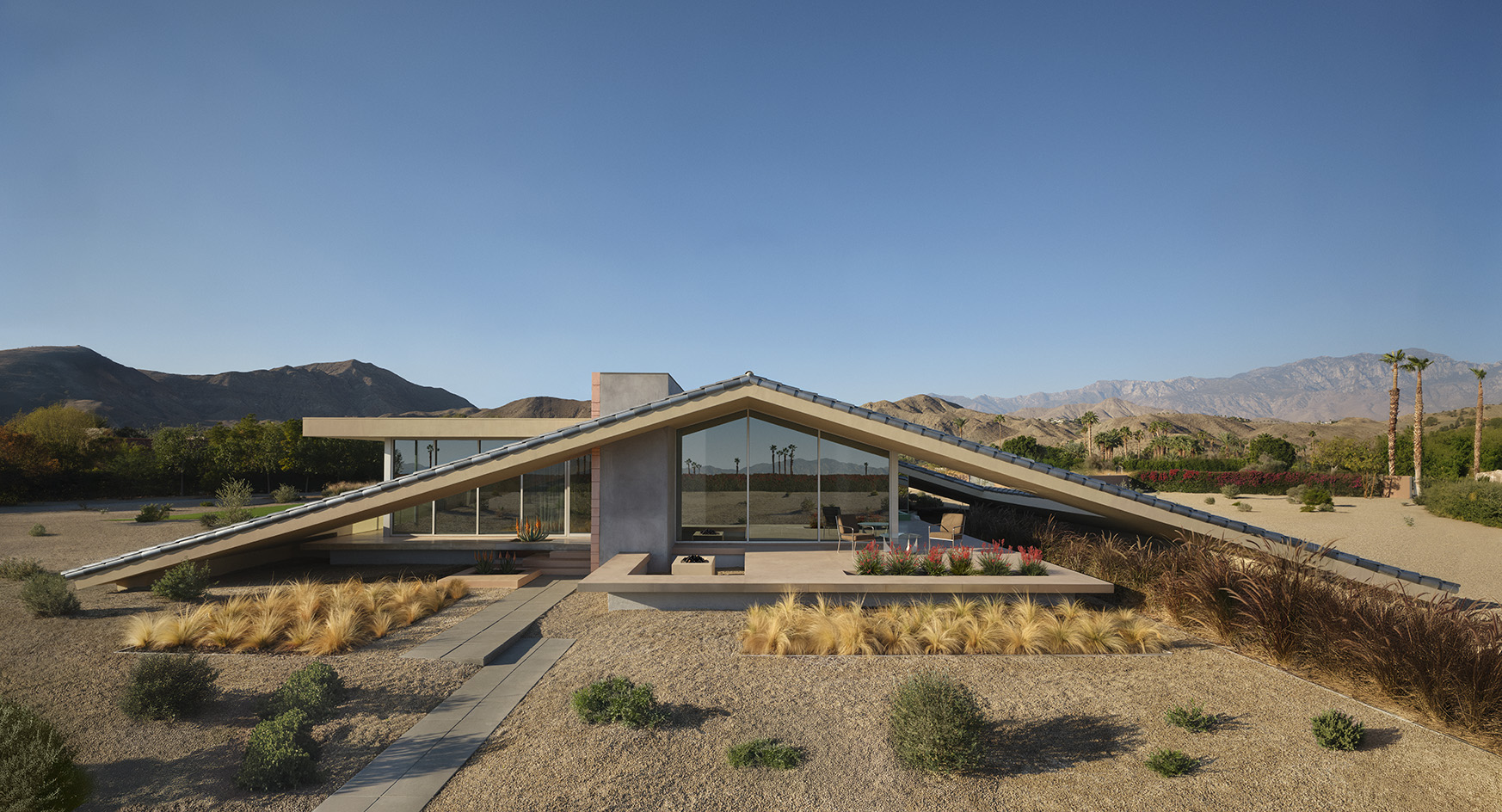 Top 25 houses of 2025, picked by architecture director Ellie Stathaki
Top 25 houses of 2025, picked by architecture director Ellie StathakiThis was a great year in residential design; Wallpaper's resident architecture expert Ellie Stathaki brings together the homes that got us talking
-
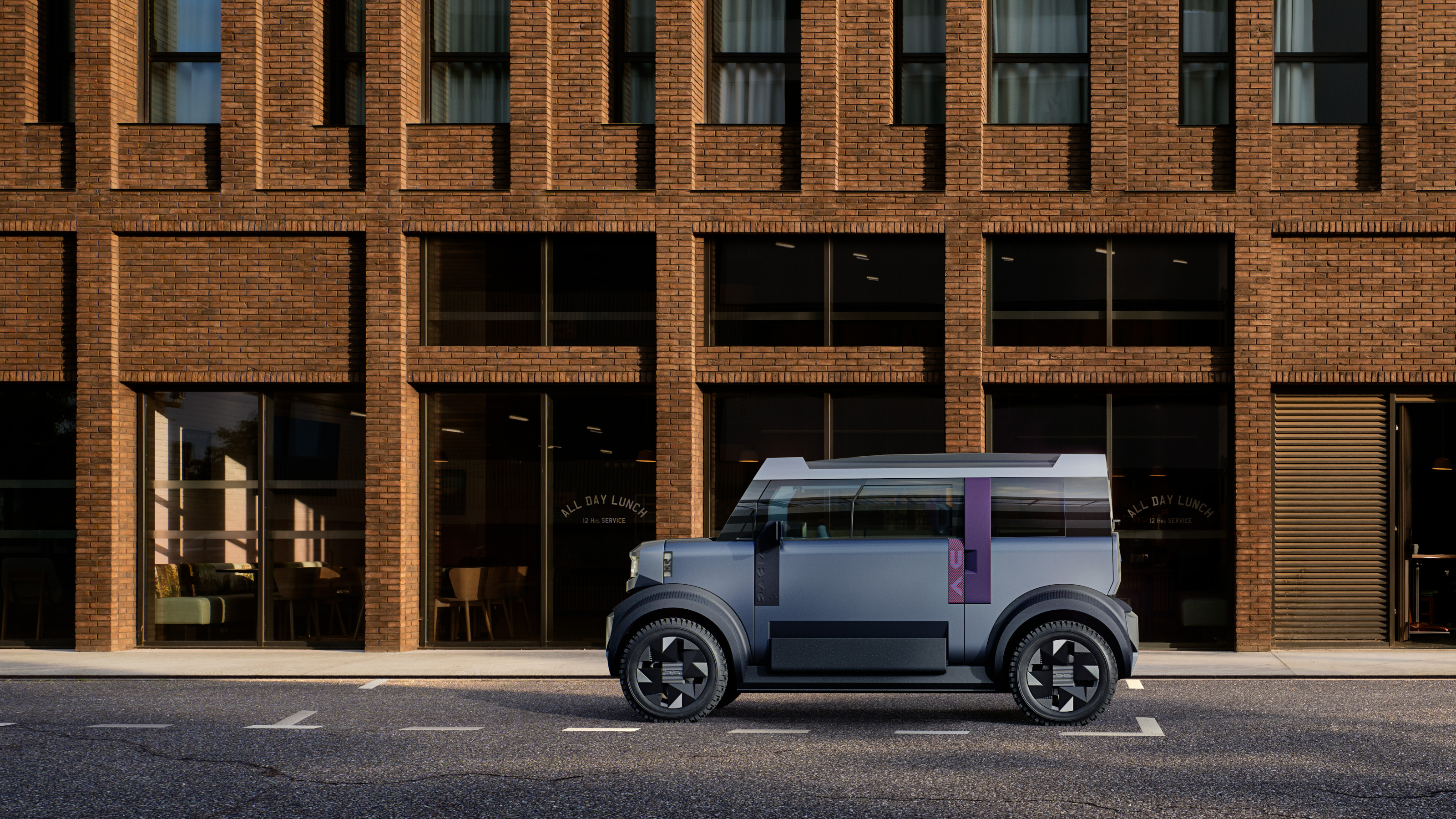 Year in review: the shape of mobility to come in our list of the top 10 concept cars of 2025
Year in review: the shape of mobility to come in our list of the top 10 concept cars of 2025Concept cars remain hugely popular ways to stoke interest in innovation and future forms. Here are our ten best conceptual visions from 2025
-
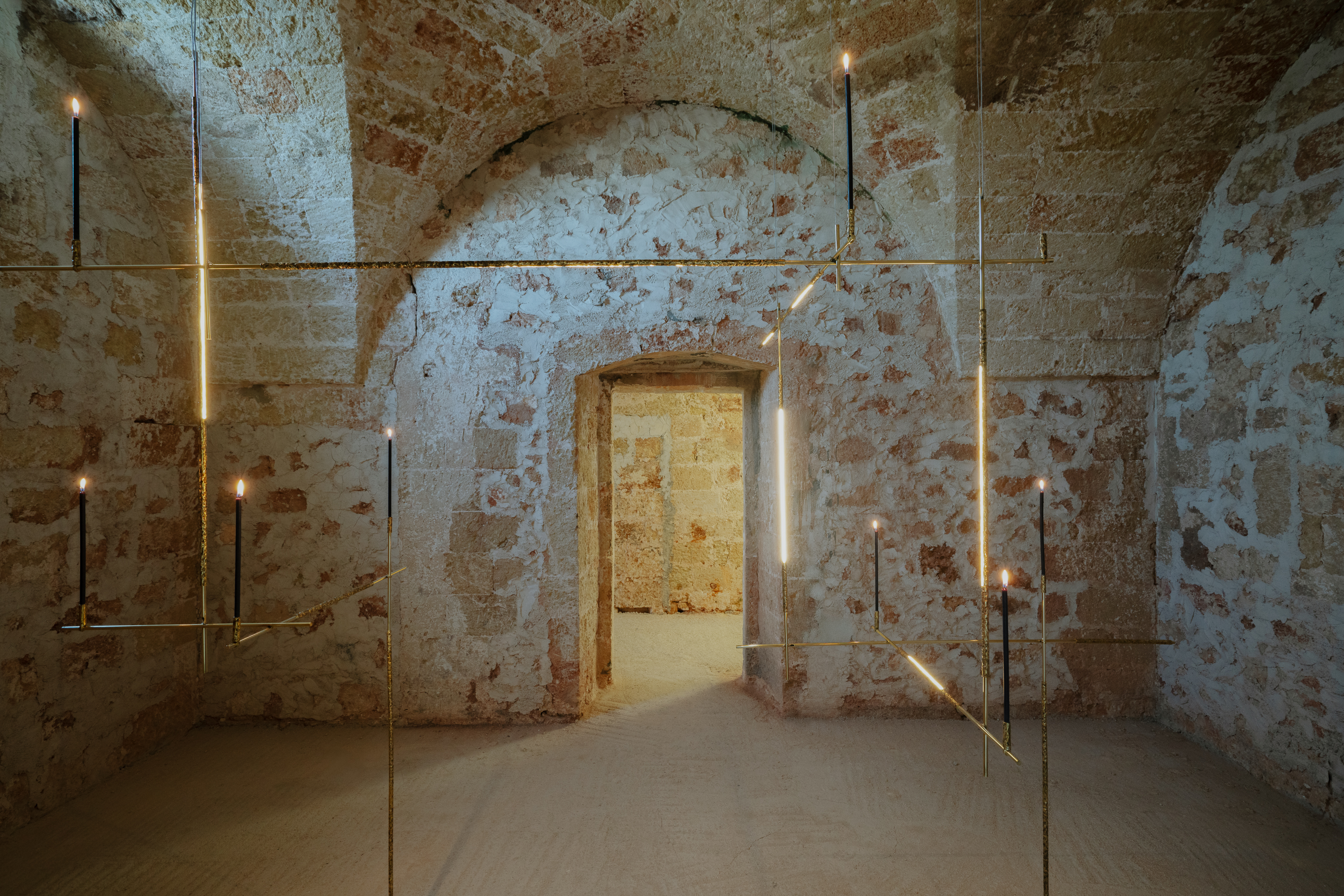 This Salento monastery becomes the backdrop for a celebration of local craft
This Salento monastery becomes the backdrop for a celebration of local craft‘Intrecci•Intertwinings’ (on view until 14 September 2025) features contemporary designs made from materials and techniques from the Salento region, also known as the ‘heel’ of Italy
-
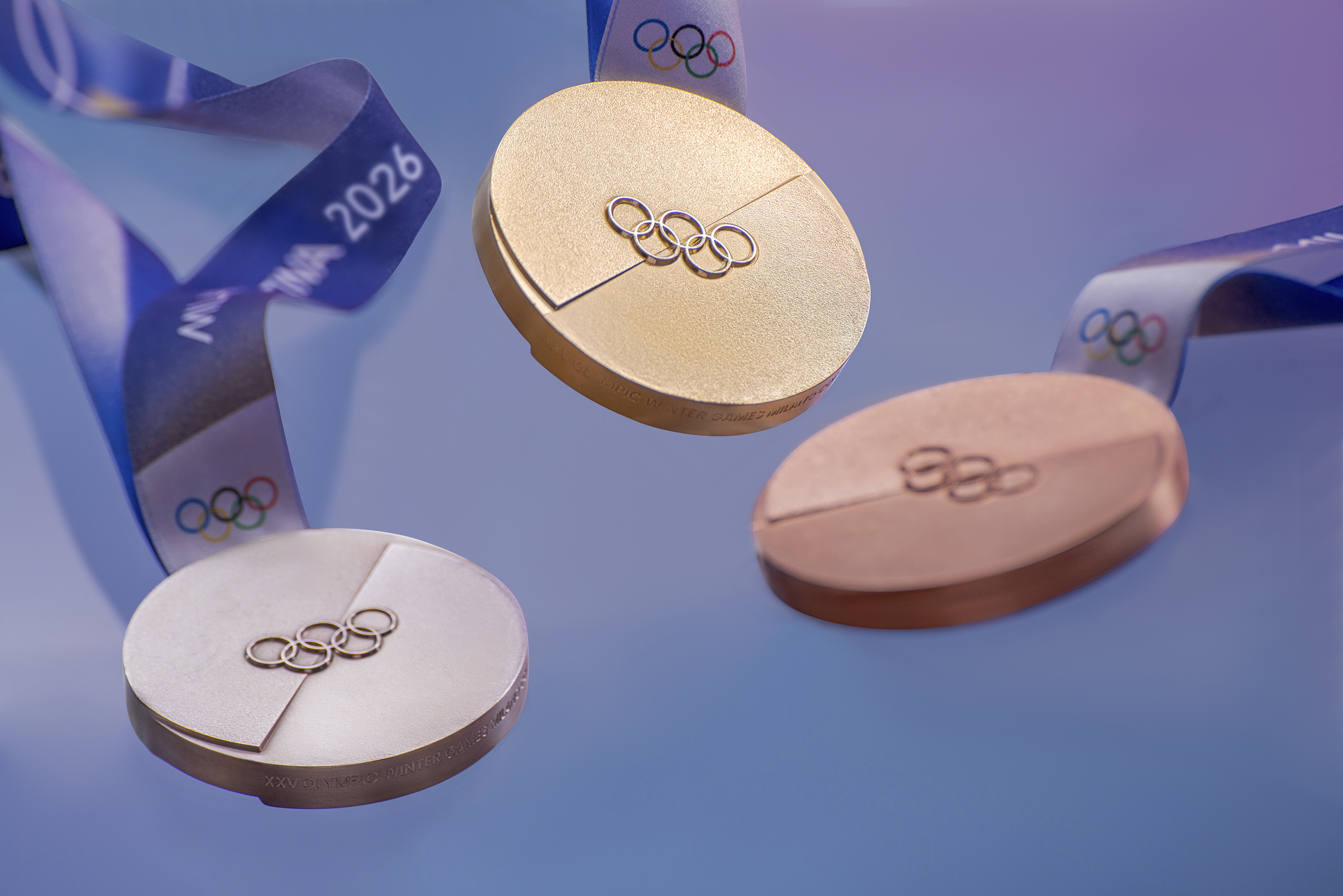 Winter Olympics and Paralympics medal designs announced
Winter Olympics and Paralympics medal designs announcedThe design for the Winter Olympic and Paralympic Games 2026 medals, held in Milan and Cortina, represents the connection between athletes and their support teams
-
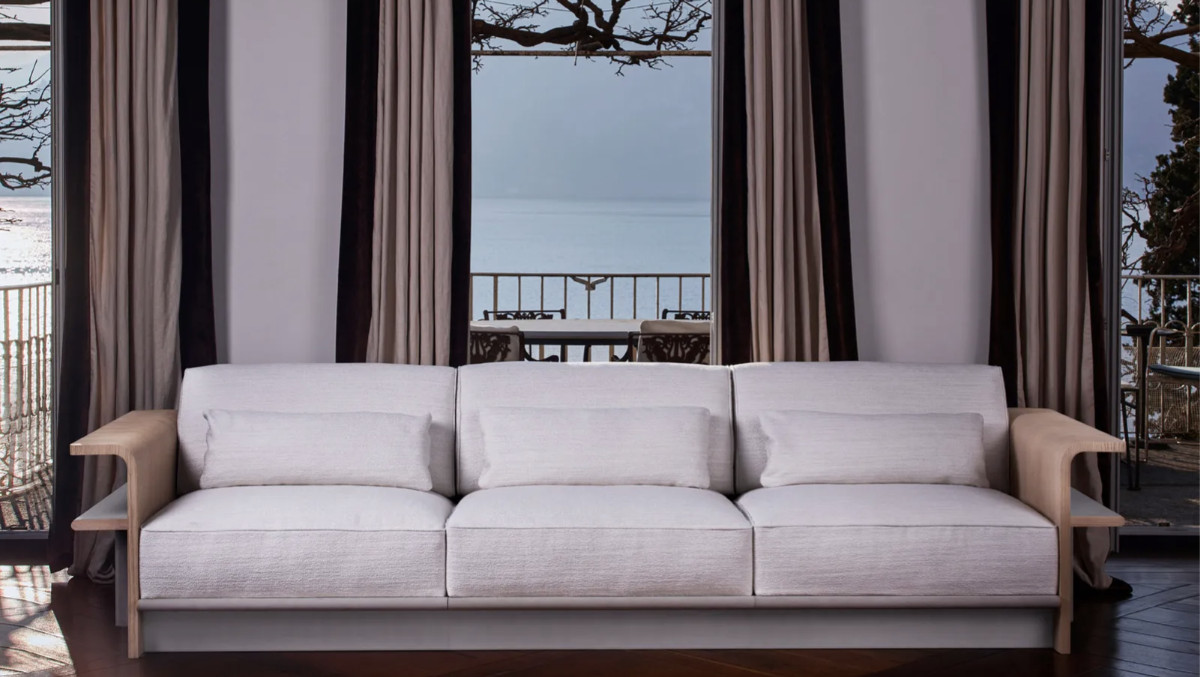 Promemoria’s new furniture takes you from London to Lake Como, with love
Promemoria’s new furniture takes you from London to Lake Como, with loveAhead of its Milan Design Week 2025 debut, we try out Promemoria’s new furniture collection by David Collins Studio, at founder Romeo Sozzi’s Lake Como villa
-
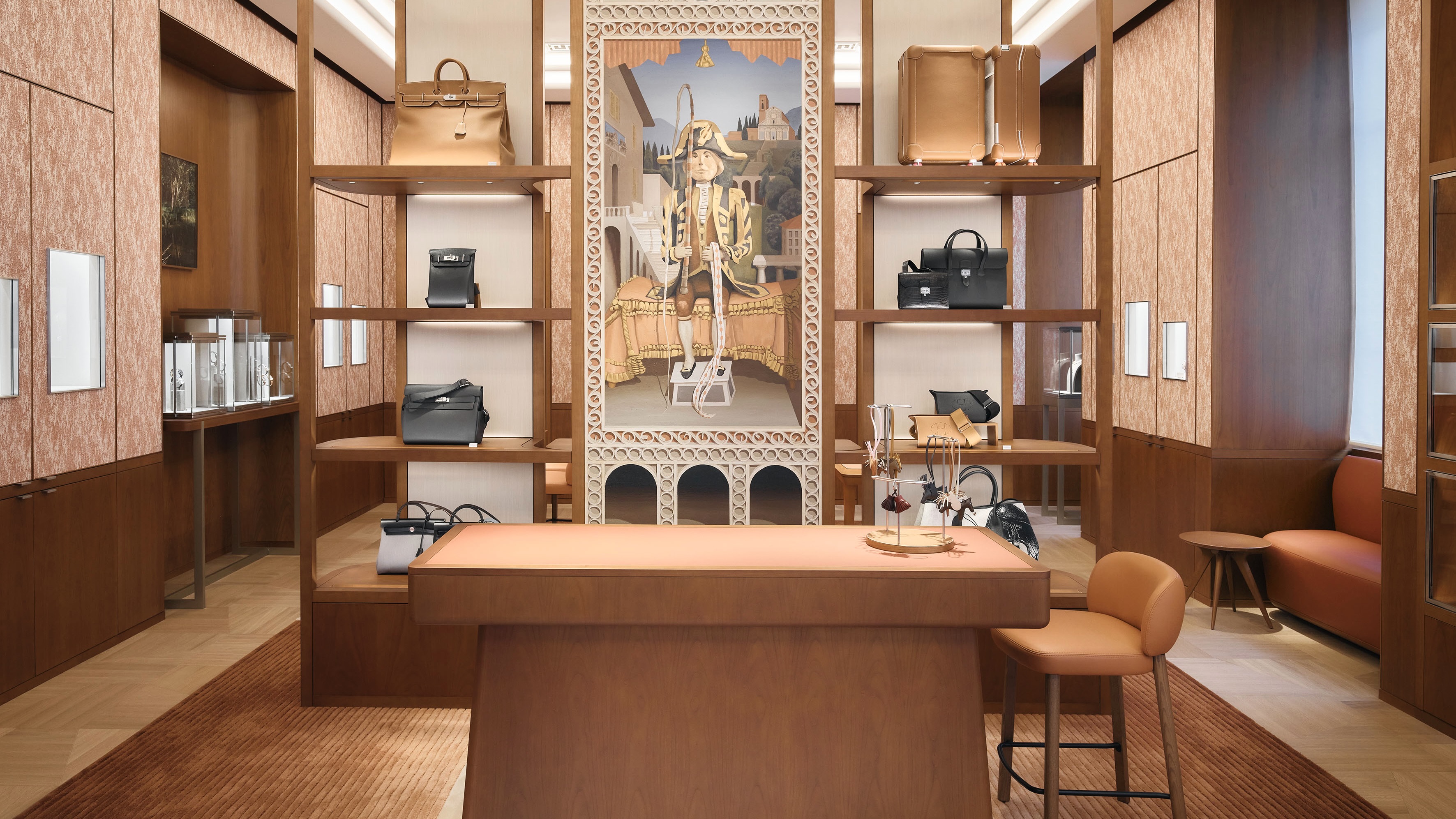 Hermès’ new Florence store is a haven of sophisticated design
Hermès’ new Florence store is a haven of sophisticated designThe Renaissance building on Via degli Strozzi boasts interiors by architect Denis Montel of RDAI, bespoke furniture pieces and an expansive collection of artwork
-
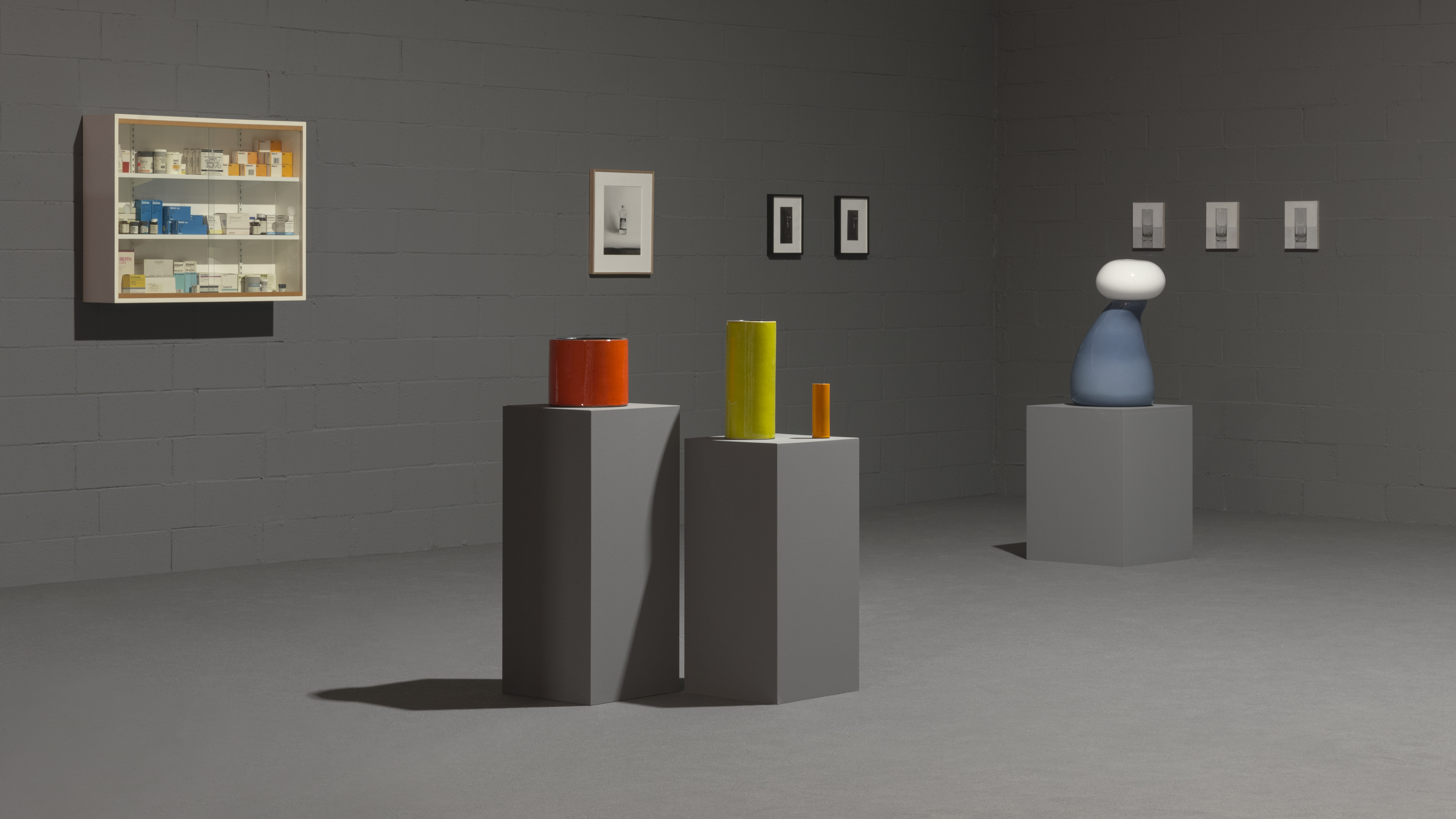 Ceramics brand Mutina stages a poetic tribute to everyday objects
Ceramics brand Mutina stages a poetic tribute to everyday objectsDesign meets art as a new Mutina exhibition in Italy reframes the beauty of domestic stillness, juxtaposing ceramics, sculpture, paintings and photography
-
 Rooms with a view: a new book celebrates the Italian approach to interior design
Rooms with a view: a new book celebrates the Italian approach to interior designLaura May Todd's survey of Italian interiors is the perfect antidote to January gloom, taking a look inside 50 distinctive Italian homes
-
 The future of Salone del Mobile: new report quantifies impact of the world's biggest furniture fair
The future of Salone del Mobile: new report quantifies impact of the world's biggest furniture fairFor the first time, Salone del Mobile reports on its size and impact. ‘Milan Design (Eco) System’ puts Salone into numbers, allowing its future and challenges to be addressed
-
 Design Dynasties: the powerhouse families of Italian furnishing
Design Dynasties: the powerhouse families of Italian furnishingWe profile the powerhouse families of Italian furnishing, uncovering the secrets of their legacies and stamina